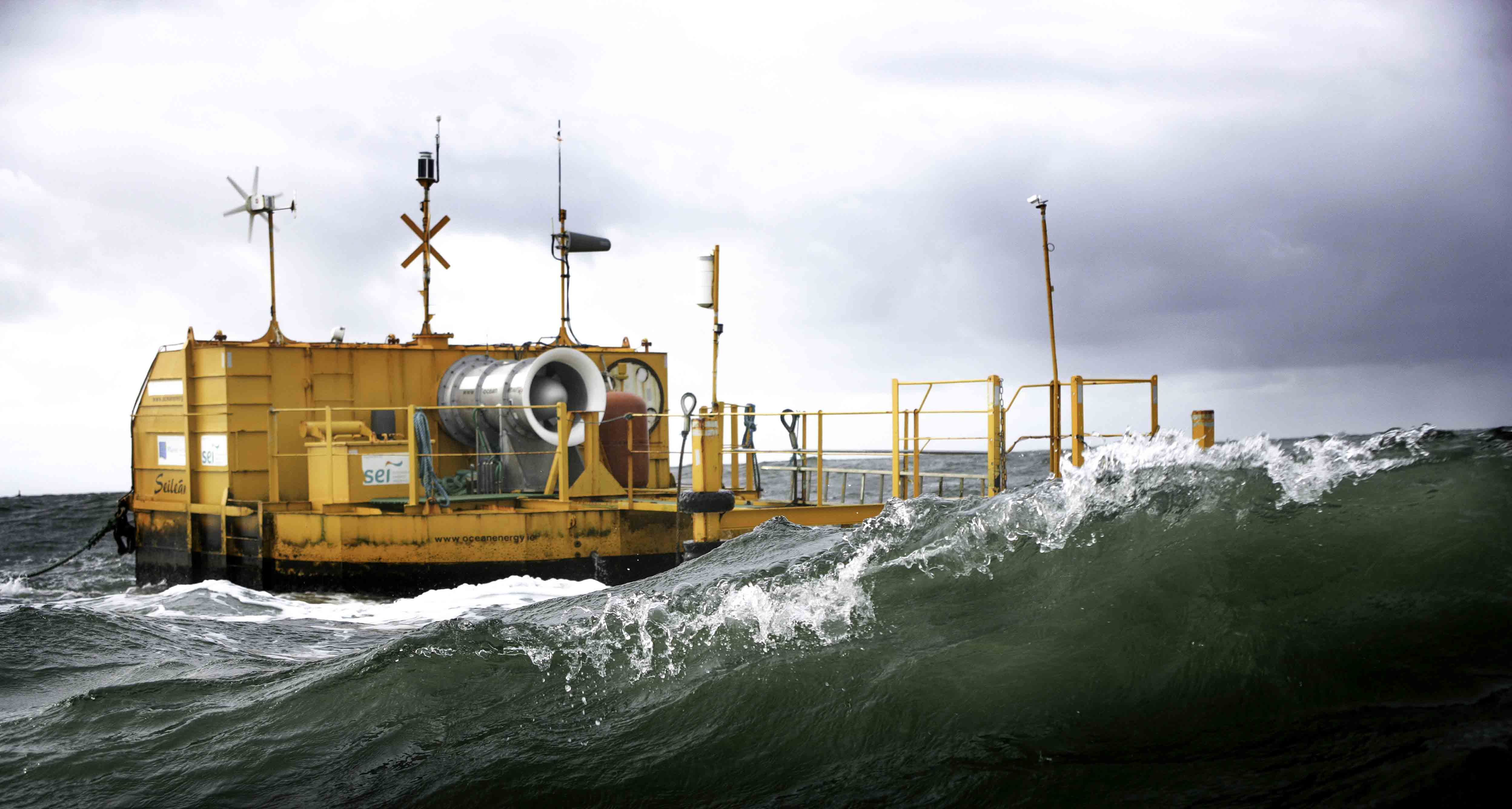
Ocean Energy: Harnessing the Power of the Seas
Introduction
Ocean energy has emerged as a promising source of renewable energy in recent years, gaining recognition for its potential to provide clean and sustainable power. With the world’s increasing demand for energy and the urgent need to reduce carbon emissions, the exploration of alternative energy sources such as ocean energy is crucial. This article explores the concept of ocean energy and delves into the importance of selecting the right location for ocean energy projects.
Historical Background
The history of ocean energy dates back to ancient times when humans began utilizing the power of the seas for various purposes, such as transportation and food resources. However, significant progress in harnessing the energy potential of the oceans has only been made in the past few decades. Breakthroughs in technology, combined with a growing awareness of the need for clean energy, have propelled the development of ocean energy projects worldwide.
Key Concepts and Definitions
Ocean energy encompasses various forms, including wave energy, tidal energy, and ocean thermal energy conversion. Each form utilizes different mechanisms to harness the power of the oceans. Site selection plays a crucial role in the success of ocean energy projects, as it directly impacts energy yield and project feasibility. Important terms such as resource assessment, energy yield, and environmental impact are essential in understanding the nuances of site selection for ocean energy projects.
Main Discussion Points
Factors to Consider in Choosing the Right Location
The resource potential of the site: The strength and consistency of waves or tides in a particular location determine its energy potential. Assessing the availability and reliability of ocean resources is vital for maximizing energy capture.
Environmental conditions and their impact: Seabed characteristics, wind patterns, and saltwater corrosion are environmental factors that can significantly influence the performance and durability of ocean energy devices. Understanding these conditions is crucial in determining the viability of a site.
Proximity to electrical infrastructure and grid connectivity: The distance to existing electrical infrastructure and grid connectivity is a crucial consideration in reducing transmission losses and ensuring the cost-effectiveness of energy distribution.
Accessibility for maintenance, installation, and operation: The ease of access to the site for maintenance and operational activities is essential to ensure the long-term viability and sustainability of ocean energy projects.
Environmental Considerations
Potential impacts on marine ecosystems and biodiversity: Ocean energy projects must carefully assess and mitigate potential impacts on marine ecosystems, such as noise pollution, habitat disruption, and collision risks for marine life. Implementing mitigation strategies can help minimize environmental damage.
Mitigation strategies to minimize environmental damage: Various measures can be taken to reduce the environmental impact of ocean energy projects, including deploying noise-reducing technologies, incorporating fish-friendly turbine designs, and implementing marine spatial planning to minimize habitat disruption.
Compliance with regulations and permits: Ocean energy projects must adhere to stringent regulations and obtain necessary permits to ensure environmental protection and compliance with local, national, and international standards.
Socio-economic Factors
Economic viability and cost-effectiveness of the location: Assessing the economic viability of a site is crucial in determining the feasibility of an ocean energy project. Factors such as resource availability, installation costs, and potential revenue streams must be carefully evaluated.
Local community engagement and acceptance: Engaging with local communities and stakeholders is essential in building acceptance and support for ocean energy projects. Community involvement can help address concerns, maximize local benefits, and create a sense of ownership.
Job creation and economic benefits for the region: Ocean energy projects have the potential to stimulate local economies by creating jobs, attracting investments, and generating revenue. Evaluating the socio-economic benefits a project can bring to a region is crucial in site selection.
Case Studies or Examples
Real-world examples of successful ocean energy projects provide valuable insights into the site selection process and its outcomes. Projects such as the MeyGen tidal energy project in Scotland and the Wave Hub project in Cornwall, England, have demonstrated the importance of choosing the right location for optimal energy production. Lessons learned from these case studies can inform future site selection efforts and contribute to the advancement of the ocean energy industry.
Current Trends or Developments
Advancements in technology have greatly influenced site selection for ocean energy projects. Innovations in materials, device designs, and monitoring systems have enhanced the efficiency and reliability of ocean energy devices. Furthermore, recent research findings have shed light on the potential of combining multiple forms of ocean energy to maximize energy production. These developments are driving the evolution of site selection processes.
Challenges or Controversies
Site selection for ocean energy projects is not without challenges. Limited data availability, especially in remote or unexplored locations, poses hurdles in accurately assessing resource potential and environmental conditions. Conflicting stakeholder interests and concerns over potential environmental impacts can create controversies. Balancing these challenges is crucial for the sustainable development of ocean energy.
Future Outlook
The future of ocean energy holds great promise. As technology continues to advance and costs decrease, the role of site selection will become even more critical. Emerging trends such as floating offshore wind and ocean energy hybrid systems are expected to further expand the potential for ocean energy. By carefully selecting sites that optimize resource potential, minimize environmental impacts, and maximize socio-economic benefits, we can pave the way for a sustainable energy future.
Conclusion
Selecting the right location for ocean energy projects is of paramount importance in ensuring their success and contribution to a sustainable energy future. By considering factors such as resource potential, environmental impact, and socio-economic benefits, we can maximize the benefits of ocean energy while minimizing its drawbacks. As the industry continues to evolve, site selection will remain a crucial aspect, driving the growth and advancement of ocean energy.